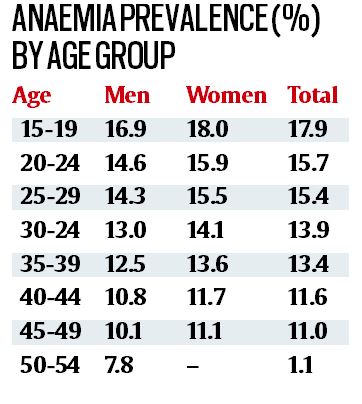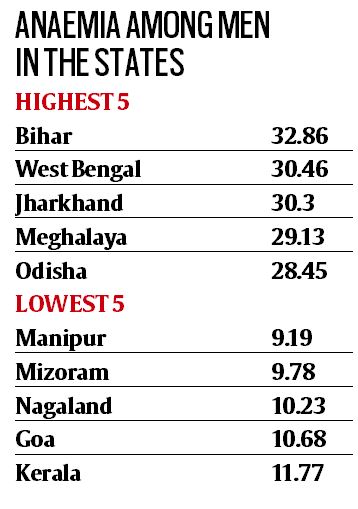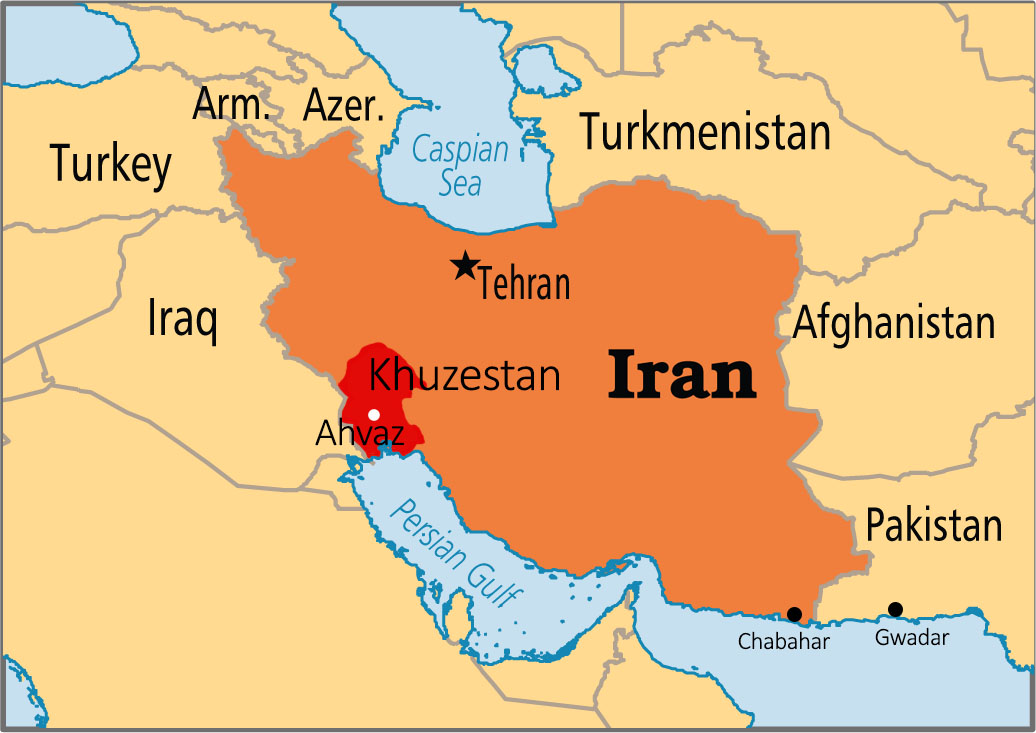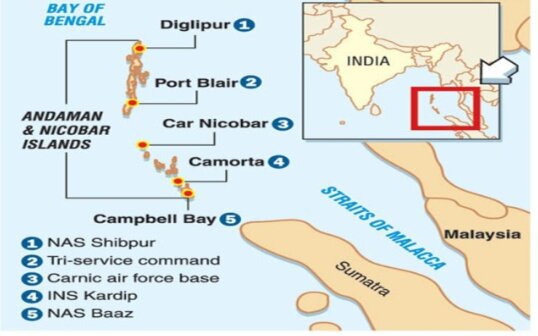The Occupational Safety, Health and Working Conditions Code, 2019
Why in News
The Standing Committee on Labour has invited suggestions from the public on the Occupational Safety, Health and Working Conditions (OSH) Code, 2019.
- The OSH Code was introduced in the Lok Sabha in July, 2019.
- It aims to regulate the employment of workers, including those engaged by contractors, and their working conditions across sectors.
- It is one of the four codes that are part of the Centre’s labour reforms agenda.
- The four labour codes—on Wages, Industrial Relations, Social Security and Occupational Safety, and Health and Working Conditions—intend to provide workers with wage security, social security, safety, health and grievance redress mechanisms.
Key Provisions
- Replaces 13 labour laws relating to safety, health and working conditions, including the Factories Act, 1948, the Mines Act, 1952, and the Contract Labour (Regulation and Abolition) Act, 1970.
- Applicability
- Establishments employing at least 10 workers,
- All mines and docks,
- Provides special provisions for certain types of establishments and classes of employees, such as factories and building and construction workers.
- A National Occupational Safety and Health Advisory Board in place of multiple committees at present.
- The Board will have tripartite representation from trade unions, employer associations and state governments.
- The Board will advise the government on the standards, rules and regulations on workers’ safety, besides overseeing the implementation of the Code.
- Licensing Requirements
- One registration, one licence and one tax return instead of multiple registrations, licenses and returns as required in the existing 13 labour laws.
- Formalisation of Employment: The Code provides for a statutory provision to issue appointment letter to every employee of the establishment.
- Safety and Welfare Provisions
- The employer is required to provide a hygienic work environment with ventilation, comfortable temperature and humidity, sufficient space, clean drinking water, and latrine and urinal accommodations.
- The Code provides for uniform threshold for welfare provisions for all establishments. Welfare Provisions include crèche, canteen, first aid, welfare officer etc.
- Duties of Employees include taking care of their own health and safety, complying with the specified safety and health standards, and reporting unsafe situations to the relevant authority.
- Working Hours For Women: Women, after their consent, will be permitted to work beyond 7 pm and before 6 am subject to the safety, holidays, working hours or any other condition as prescribed by the state or the central government.
- Penalty
- An offence that leads to the death of an employee will be punishable with imprisonment of up to two years, or a fine up to five lakh rupees, or both.
- The courts may direct that at least 50% of such fine be given as compensation to the heirs of the victim.
- If an employee violates provisions of the Code, s/he will be subject to a fine of up to Rs 10,000.
- An offence that leads to the death of an employee will be punishable with imprisonment of up to two years, or a fine up to five lakh rupees, or both.
Anaemia Among Men
Why in News
A recent study published in The Lancet Global Health has observed that 23.5 % of men (15-54 years age group) in India are affected with anaemia.
- Population-based studies on anaemia in India have mostly focused on women and children whereas men with the anaemia have received much less attention despite its adverse effect on health and economic productivity.
- An estimated 1.9 billion people (27%) in the world had anaemia in 2013 and 93% of these cases occur in low- and middle-income countries.
Key Points
- The study determined the prevalence of anaemia on the scales of mild (18%), moderate (5%) and, severe (0.5%).
- The prevalence of anaemia in men varied widely between states, ranging from 9 % in Manipur (lowest) to 33 % in Bihar (highest).

- Men with less education, less household wealth and those living in rural areas were more likely to have anaemia.
- Higher prevalence has been observed for younger age groups while the lowest prevalence has been observed for the age group of 50-54 years.
- Ideally, men in the group 20-34 years have the lowest probability of having anaemia.
- But, factors such as consuming smokeless tobacco, being underweight, level of urbanisation and household wealth are associated with a higher probability of developing the disease.
- Geographic and sociodemographic patterns of anaemia for men and women in India appear to be similar.
Anaemia
- The World Health Organization (WHO) defines anaemia as a condition in which the number of red blood cells or their oxygen-carrying capacity is insufficient to meet physiological needs.
- Iron deficiency is the most common cause of anaemia, although other conditions, such as folate, vitamin B12 and vitamin A deficiencies, chronic inflammation, parasitic infections, and inherited disorders can all cause anaemia.
- In its severe form, it is associated with fatigue, weakness, dizziness and drowsiness. Pregnant women and children are particularly vulnerable.
- In 2018, the government of India launched Anaemia Mukt Bharat (AMB) as part of the Intensified National Iron Plus Initiative (NIPI) Program for accelerating the annual rate of decline of anaemia from one to three percentage points.
- The target groups for AMB are Children (6-59 months, 5-9 years), Adolescent Girls & Boys (10-19 years), Women of Reproductive Age (15-49 years), Pregnant Women and Lactating Mothers.
Consequences of Anaemia Among Men
- It can decrease productivity by causing fatigue, creating difficulty in concentrating, and lethargy.
- Although male anaemia does not affect the intergenerational cycle of malnutrition but it may reduce overall work performance and quality of life.
Preventive Measures
- The distribution of iron tablets and food fortification with iron.
- Higher awareness about anaemia and various nutritional deficiencies.
Way Forward
The existing anaemia control measures in the country are majorly focussed on women and children. The inclusion of the males in the target population will help to eliminate anaemia completely from the country.
Iran’s New Oil Field
Why in News
Iran has discovered a new oil field in its southwestern province of Khuzestan. The field covers 2,400 square kilometres and contains over 50 billion barrels of crude.
- The new oil field could become Iran’s second-largest field after one containing 65 billion barrels in Ahvaz (capital of Khuzestan Province).

- The discovery has come at a time when Iran is facing American sanctions against it after the US pulled out of the 2015 nuclear deal.
- The other countries involved in the deal - Germany, France, Britain, Russia and China - are struggling to save the deal. However, they have offered no means by which Iran can sell its oil abroad.
- Iran has been seen going beyond the deal’s stockpile and enrichment limits. It has just begun injecting uranium gas into centrifuges at an underground Fordow plant located near Tehran.
Iran’s Oil Reserves
- Iran already has proven oil reserves of roughly 150 billion barrels.
- Oil reserves refer to crude that’s economically feasible to extract.
- Khuzestan is home to Iran’s crucial oil industry.
- Iran currently has the world’s fourth-largest proven deposits of crude oil after Venezuela, Saudi Arabia and Canada.
- It also has the world’s second-largest deposits of natural gas after Russia.
- It shares a massive offshore field in the Persian Gulf with Qatar.
- “Offshore” refers to the development of oil fields and natural gas deposits under the ocean.
Places of Worship Act, 1991
Why in News
The Supreme Court in its recent Ayodhya verdict made mention of the Places of Worship (Special Provisions) Act, 1991 which prohibits the conversion of religious places of worship as it existed at the time of Independence.
Significance of the Places of Worship (Special Provisions) Act, 1991
- The Act was passed in September 1991, over a year before the demolition of the Babri Masjid (1992).
- Purpose:
- Section 3 of the Act bans the conversion of a place of worship or even a section of it into a place of worship of a different religious denomination or of a different segment of the same religious denomination.
- The Act also imposes a positive obligation on the State to maintain the religious character of every place of worship as it existed at the time of Independence.
- This legislative obligation on the State to preserve and protect the equality of all faiths is an essential secular feature and one of the basic features of the Indian Constitution.
- Exemption:
- The disputed site at Ayodhya is exempted from the Act. Due to this exemption, the trial in the Ayodhya case proceeded even after the enforcement of this law.
- The Act also does not apply to any place of worship which is an ancient and historical monument or an archaeological site covered by the Ancient Monuments and Archaeological Sites and Remains Act, 1958.
- Penalty: Section 6 of the Act prescribes a punishment of maximum three-years imprisonment along with a fine for contravening the provisions of the Act.
INS Baaz
Why in News
Recently, the Navy Chief Admiral Karambir Singh visited INS Baaz, the southernmost air station of the Indian Armed Forces.
- The Indian Naval Ship (INS) Baaz is located at Campbell Bay on the Great Nicobar island, the southernmost and largest island of the Nicobar islands, in the Union Territory of Andaman and Nicobar Islands.
- It was commissioned in July 2012.
- It is a part of the Andaman and Nicobar Command, the only tri-services formation of the Indian Armed Forces that was started in 2001.
Functions of INS Baaz
- Helps in building maritime domain awareness by providing information via airborne surveillance using aircraft and Unmanned Aerial Vehicles (UAVs).
- Ensures maritime security in the Bay of Bengal and the Andaman Sea and substantially enhances the Indian Navy’s maritime surveillance capability.
- Assists the local populace in times of need such as facilitating evacuation during medical emergencies.
Significance of the Location
- The Great Nicobar Island is the location of the Indira Point and is less than 250 km by sea from Banda Aceh in Indonesia.
- The Andaman & Nicobar Islands are strategically important for India’s national security as they provide a critical capability to monitor sea areas in the region.
- The location has been described as India’s “window into East and Southeast Asia”, and is in close vicinity of the Six Degree Channel, also called the Great Channel, one of the Indian Ocean’s busiest shipping lines, carrying strategic cargo to East Asian countries.
- It is also close to the Strait of Malacca.
Pliosaur
Why in News
Recently, the bones of pliosaurs were discovered in Poland.
- Pliosaurs are the predatory reptiles that lived in seas over 150 million years ago.
- They are one of the largest aquatic carnivorous reptiles that have ever lived and are often referred to as sea monsters.
- They had powerful large skulls and massive jaws with large sharp teeth.
Special Protection Group
Why in News
Recently, the central government has withdrawn the Special Protection Group (SPG) cover of the President of Congress.
- The SPG was raised in 1985 with the intention to provide proximate security cover to the Prime Minister, former Prime Ministers and their immediate family members.
- It was created after the assassination of former Prime Minister Indira Gandhi. Parliament passed the SPG Act (1988) dedicating the group to protecting the Prime Ministers of India.
- After Rajiv Gandhi’s assassination (1991), the SPG Act was amended, offering SPG protection to all former Prime Ministers and their families for a period of at least 10 years.
